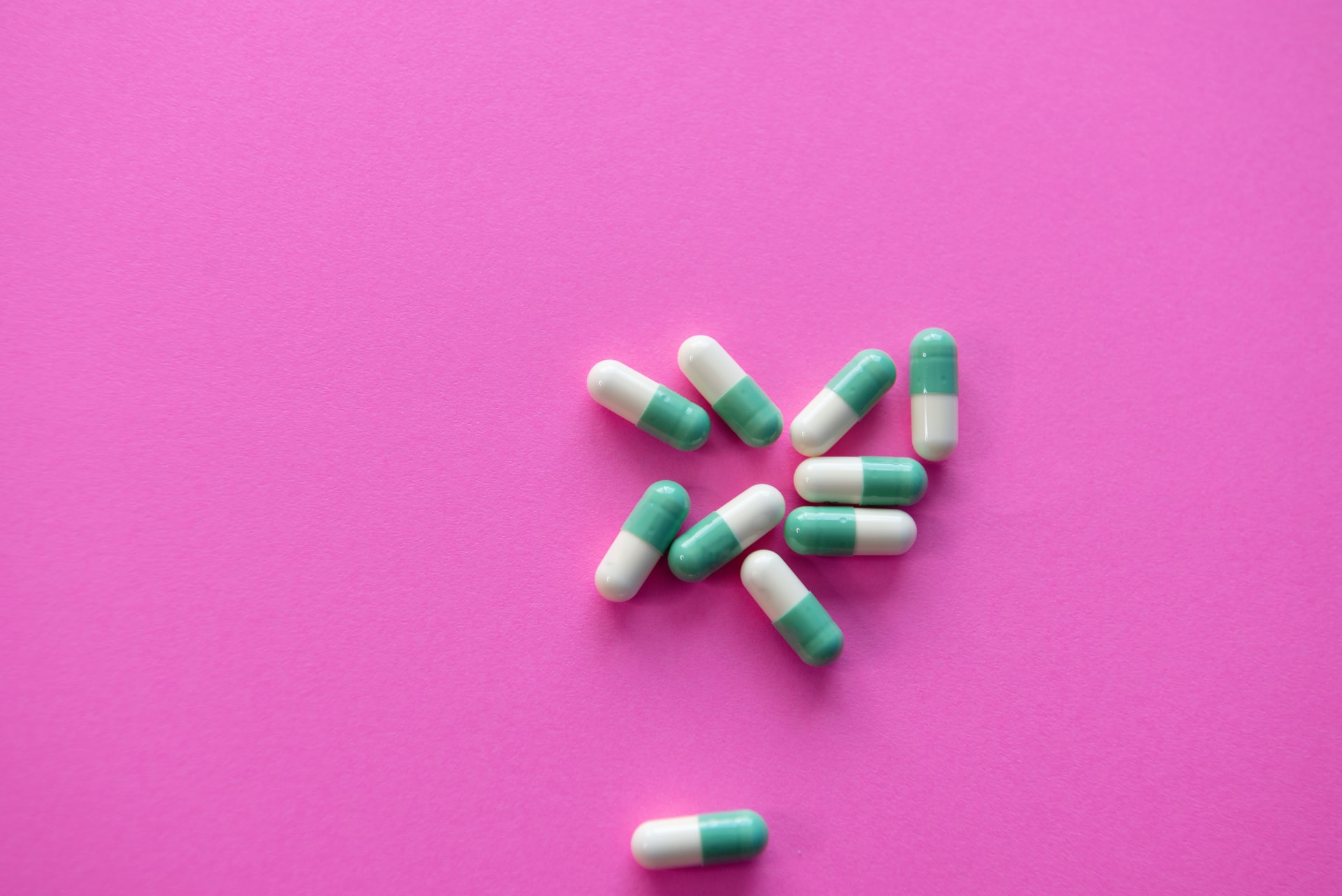Nanoparticle drug developed for type 1 diabetes

Researchers at Yale University have developed a new oral drug for the treatment of type 1 diabetes. In mouse trials, the drug not only quickly regulated insulin levels, but also restored metabolic functions and stopped inflammation, potentially preventing disease.
Type 1 diabetes begins when a person's immune system attacks and destroys beta cells in the pancreas. These important cells are responsible for the production of insulin, a hormone that converts glucose into energy. Therefore, patients need insulin injections several times a day.
What problem did you solve
Taking oral insulin pills would be a much simpler and less invasive procedure than injections, but unfortunately, insulin is broken down in the stomach before entering the bloodstream. Many scientists are experimenting with various methods to help insulin survive this journey. For example, protective coatings are used, capsules with microneedles that directly inject insulin through the stomach lining, and even nanoparticles that enter the bloodstream and then release insulin only at high glucose levels.
In a new study, Yale University scientists have developed a drug carrier nanoparticle that not only can safely deliver insulin to the pancreas, but is also beneficial in itself - its shell has medicinal properties. This new drug carrier consists of ursodeoxycholic acid, a bile acid that is naturally produced in the body and polymerized by researchers. This helps it bind better to receptors in the pancreas, improving metabolic functions and even decreasing the number of rogue immune cells that destroy beta cells.
Where did you come
The team tested the nanoparticles in mice and pigs with type 1 diabetes and found that they raised insulin levels, while the bile nanoparticles reduced inflammation and restored metabolic function. The scientists also found that insulin given through oral capsules worked about seven times faster than insulin given through standard subcutaneous injection.
Of course, the results, although impressive, are still laboratory ones. More research will be needed to find out if these benefits will be available to people. Nevertheless, the research team hopes that a similar technique will help in cases with the delivery of other drugs into the body, and this, in turn, will help with the treatment of a wide variety of diseases.
A source: nature, emergency-live